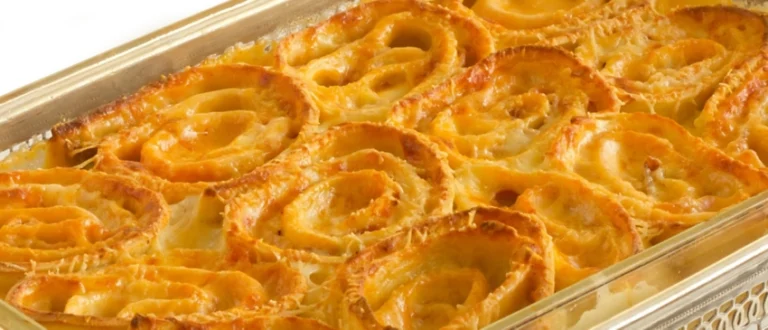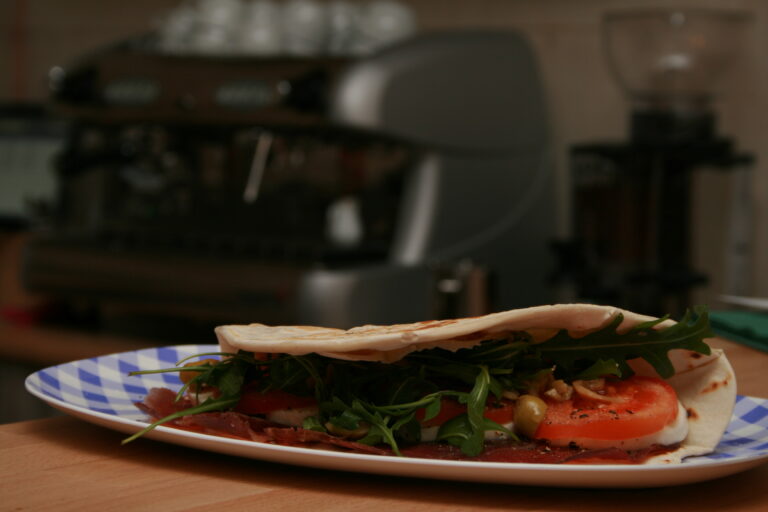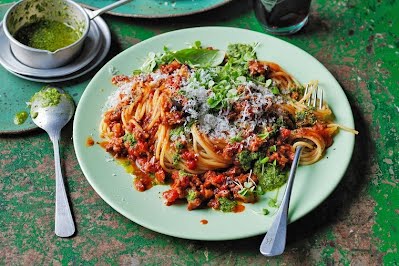Introduction: Breakfast in San Marino
Breakfast is considered the most important meal of the day in San Marino and is taken quite seriously by the locals. It is not uncommon to find cafes and restaurants that open as early as 6 am to cater to early risers who want to fuel up before starting their day. San Marino is known for its traditional and hearty breakfast options that are sure to leave you satisfied and energized for the rest of the day.
Traditional Breakfast Foods in San Marino
The traditional breakfast in San Marino is a simple affair consisting of coffee, bread, and jam. Bread is an essential part of the San Marino breakfast, and it is typically served with butter, jam, or cheese. Another popular breakfast dish is piadina, a flatbread made from flour, water, and lard, filled with cheese, prosciutto, or mortadella. Another traditional dish is the torta di riso, a sweet rice cake that is often served with coffee.
Popular Breakfast Beverages in San Marino
Coffee is the most popular breakfast beverage in San Marino. The locals take their coffee seriously, and you can find a variety of coffee shops that serve espresso, cappuccino, and latte. A popular local coffee is the San Marino blend, which is a mix of 50% Arabica and 50% Robusta beans. Milk and tea are also popular beverages, and you can find a variety of herbal teas and fruit juices to accompany your breakfast.
Street Food Breakfast Options in San Marino
If you’re in a hurry or want to grab a quick breakfast on the go, San Marino is home to a range of street food breakfast options. You can find warm croissants, pastries, and muffins at bakeries and cafes, while food trucks offer savory options such as fried dough balls filled with cheese or ham, or the classic Italian sandwich panini. These street food options are an excellent way to try authentic San Marino cuisine without spending too much.
Breakfast at Cafes and Restaurants in San Marino
Cafes and restaurants in San Marino offer a wide range of breakfast options, from traditional to continental. Some of the popular breakfast dishes served in cafes and restaurants include omelets, pancakes, waffles, and French toast. These dishes are often served with fresh fruit, yogurt, and granola, making them a healthy and filling option.
Vegetarian and Gluten-free Breakfast Options in San Marino
If you’re a vegetarian or have a gluten intolerance, you’ll be happy to know that San Marino has a range of breakfast options to cater to your dietary needs. Many cafes and restaurants now offer gluten-free and vegetarian options, such as fruit salads, smoothie bowls, and avocado toast. You can also find gluten-free bread, muffins, and pastries at some cafes and bakeries, ensuring that everyone can enjoy a delicious breakfast in San Marino.





